Introducing a dummy or baby pacifier to your little one can feel like a tricky, trial-and-error process. While some babies naturally take a dummy right away, others may reject it immediately, leaving you wondering if it’s even worth the effort. But don’t worry, with these simple, practical tips, you can find what works best for you and your little one.
When is the Right Time to Introduce a Dummy
For breastfeeding mums, it’s best to establish a regular nursing routine before introducing a dummy. This may help them avoid confusion between the dummy and the breast, which is also known as nipple confusion.
If your baby is exclusively formula-fed, you can introduce a dummy earlier or from the get-go. Babies have a strong natural sucking reflex, and a dummy can satisfy their sucking instincts in between feedings.
Why You Should Offer a Dummy to Your Baby
Using a dummy for your baby has some benefits beyond satisfying their natural sucking reflex. Here are some of them:
A. It Can Be a Distraction Tool
Sometimes, your baby may cry simply because they are bored or overstimulated. Giving them a dummy can serve as a distraction to occupy their attention, which may help them settle down and relax. However, keep in mind that it shouldn’t be your first response or solution every time they cry. Try to understand whether your baby is hungry, tired, or uncomfortable before offering the dummy.
B. It May Reduce the Risk of SIDS
Sudden infant death syndrome (SIDS) refers to the unexplained death of an apparently healthy baby without any known cause. It usually occurs during sleep, although in some cases, it can also happen while they’re awake. [1] Studies have shown that using a dummy for newborn babies up to 1 year of age can help lower the risk of SIDS during sleep. [2]
C. It Can Help Them Be Comfortable During the Flight
Using a dummy can help relieve discomfort from pressure changes during takeoff and landing. Sucking on a dummy encourages swallowing, which helps equalise the pressure in the ears and makes your baby more comfortable during the flight.
D. It Helps Develop Their Oral Capacities
Preterm or premature babies usually don’t have the muscle strength required for sucking on a nipple, which may make breastfeeding particularly challenging. Sucking on a dummy helps them develop the oral capacities needed for proper sucking, swallowing, and breathing, all of which are essential for breastfeeding. [3]
Simple Tactics to Introduce a Dummy to Your Baby
Introducing a dummy to your baby may involve a lot of trial and error. Here are some tips on how to introduce a dummy and what you can do when they seem to reject it:

1. Choose the Right Moment
When introducing a dummy for the first time, timing is key. Offer the dummy to your baby when your baby is calm and content so they are more likely to associate it with comfort. It’s best to avoid introducing the dummy when your baby is crying for food, as it can just lead to frustration and rejection.
2. Be Gentle
Gently place the dummy near the baby’s mouth and wait for them to open their mouth. Avoid forcing it in, as this can lead to a negative response or cause discomfort.
3. Bait and Switch
If your baby continues to reject the dummy but is perfectly fine breastfeeding, try the bait-and-switch method. As soon as you’re done breastfeeding, gently remove your nipple and immediately swap in the dummy. Do it quickly and smoothly so your baby won’t have time to realise the difference.
4. Offer Repeatedly
At first, your baby may spit out the dummy or ignore it completely, but that doesn’t mean you should give up on it. Try again when they’re more relaxed, or do the bait-and-switch method repeatedly until they finally accept the dummy. Stay patient and let them become more familiar with it on their own terms and at their own pace.
Tips for Keeping the Dummy In Your Baby's Mouth
If the dummy keeps falling off or your baby spits it out, these tips can help your newborn feel more comfortable using it. Over time, they’ll learn to keep the dummy in their mouth on their own.
1. Gently Hold It in Place
When offering the dummy, hold it gently against your baby’s lips and let them naturally latch onto it. If they spit it out, you can try holding it in place for a few seconds to help them get used to it.
2. Try Adjusting Your Baby’s Position
If your baby is lying flat or in a reclined position, the dummy might slip out more easily. Holding your baby in an upright or semi-upright position while using the dummy can help keep it in their mouth longer.
3. Offer the Dummy Right After Feeding
For babies who are comforted by sucking, try offering the dummy right after feeding. This can help your baby associate the dummy with the natural sucking reflex in breastfeeding, making them more likely to keep it in their mouth.
Reasons Why Some Babies Refuse Dummy
It’s not uncommon for some babies to refuse a dummy or baby pacifier, and that’s completely okay. Here are some reasons why:

-
Discomfort or pain. The pressure of sucking could aggravate sore gums or earaches, making them refuse or spit out the dummy. If you notice excessive drooling, irritability, or pulling at their ears, your little one may have teething or ear infections that make sucking uncomfortable or painful. Consult your pediatrician immediately.
-
Preference for the breast. If your baby is exclusively breastfed, they may prefer the feel of your nipple over a dummy. You can try slightly warming up the dummy to mimic the warmth and softness of the breast.
-
Dummy texture or shape. Not all dummies are the same, and some babies may be sensitive to the texture or shape. Try experimenting with different brands or styles and let your baby naturally choose which one they are most comfortable with.
-
Hunger. Sometimes, babies refuse their dummies simply because they’re hungry. It’s important to identify their hunger cues and understand whether they’re hungry or in need of comfort. If they’re hungry, offer them milk first to address their hunger.
When to Transition Away from the Dummy
Sometimes, babies naturally give up their dummies by themselves. Oftentimes, however, parents may need to gently guide them through the process of letting the dummy go.
Experts recommend giving up dummy use at about 12 months of age [4] to minimise the risk of dental malocclusions or misaligned teeth. [5] Around this age, babies typically become more attached to routines and objects, so it’s helpful to begin the weaning process before the dummy becomes too ingrained in their daily habits.
Your baby probably won’t find it easy to part with the dummy, so it’s best to do it gradually. Here are some tips on how to wean baby off the dummy:
-
Gradually reduce dummy use during the day, offering it only at bedtime or during naps.
-
Introduce other soothing alternatives, such as a soft blanket, stuffed animal, or gentle music, to help your baby self-soothe without the dummy.
-
Encourage and praise your baby when they soothe themselves without the dummy. This helps build their confidence in transitioning away from it.
-
If your child asks for the dummy again, don’t give in, but be gentle about it. Acknowledge their feelings by reassuring them that they’re okay without the dummy and offer another form of comfort.
How to Choose the Right Dummy or Pacifier for Newborns
When choosing a dummy, keep in mind that it shouldn’t be “just anything.” It’s essential to pick a dummy specifically designed for your baby’s age and developmental stage. Here are some key factors you should consider:
-
Check the dummy's label to ensure it is the right size for your baby’s age and complies with the Australian product safety guidelines for dummies for newborn babies. [6]
-
Look for a one-piece dummy without breakable parts. This is to avoid choking hazards.
-
Make sure the dummy’s ring or handle can be easily pulled out if it becomes accidentally lodged in your baby’s mouth.
-
Pick a dummy with a firm shield with at least 2 air holes.
-
Make sure your baby won’t be able to put the whole dummy in their mouth.
-
If you’re using a baby bottle for feeding, consider choosing a dummy from the same brand, as they are most likely to have the same teats.
With Patience Comes Progress
In getting your baby to take a dummy, remember that patience is key. Every baby is different, so what works for one might take time with another. Stay patient, be gentle, and keep trying different approaches. If you feel like nothing’s working, reach out to your paediatrician to explore other options or address any underlying issues.

If you need help managing your feeding with ease and flexibility, the Mumilk breast pump can ensure that both you and your baby feel supported. Whether you're navigating breastfeeding challenges or just looking for more convenience, this portable breast pump offers a way to nourish your baby while giving you flexibility.
FAQ
1. How long does it take for a baby to get used to a dummy?
It can take a few days and several attempts to introduce the dummy so your baby can get comfortable with it. Every baby is different, so patience and consistency are key.
2. Is it OK not to give a baby a dummy?
Yes, it’s perfectly fine not to give your baby a dummy. Many parents choose not to use one to avoid the risk of dependency or potential issues with weaning later on. Ultimately, the choice is yours. Find what works best for you and your baby’s comfort.
3. How do I stop my baby from gagging on a dummy?
Use a dummy with a shorter, soft teat, as it is less likely to trigger their gag reflex. Additionally, gently guide it into your baby’s mouth rather than pushing it in too quickly. If gagging continues, it might be helpful to try different shapes or materials, as some babies have preferences for certain types of dummies.
4. Do babies sleep better with or without a dummy?
Some babies tend to sleep better and longer with a dummy. Sucking on a dummy at night can provide them comfort and satisfy their sucking reflex, which may help them have a longer sleep.
5. Should I remove a dummy once my baby is asleep?
You don’t have to take the dummy out once they have fallen asleep. Most babies will naturally let it fall out during sleep, so you can simply leave it to be.


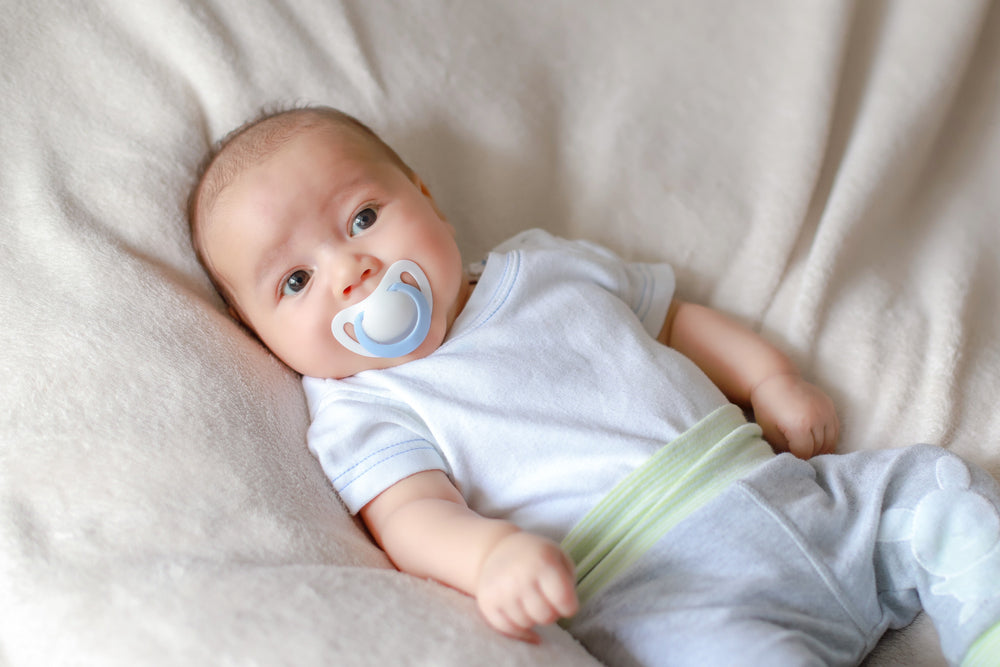
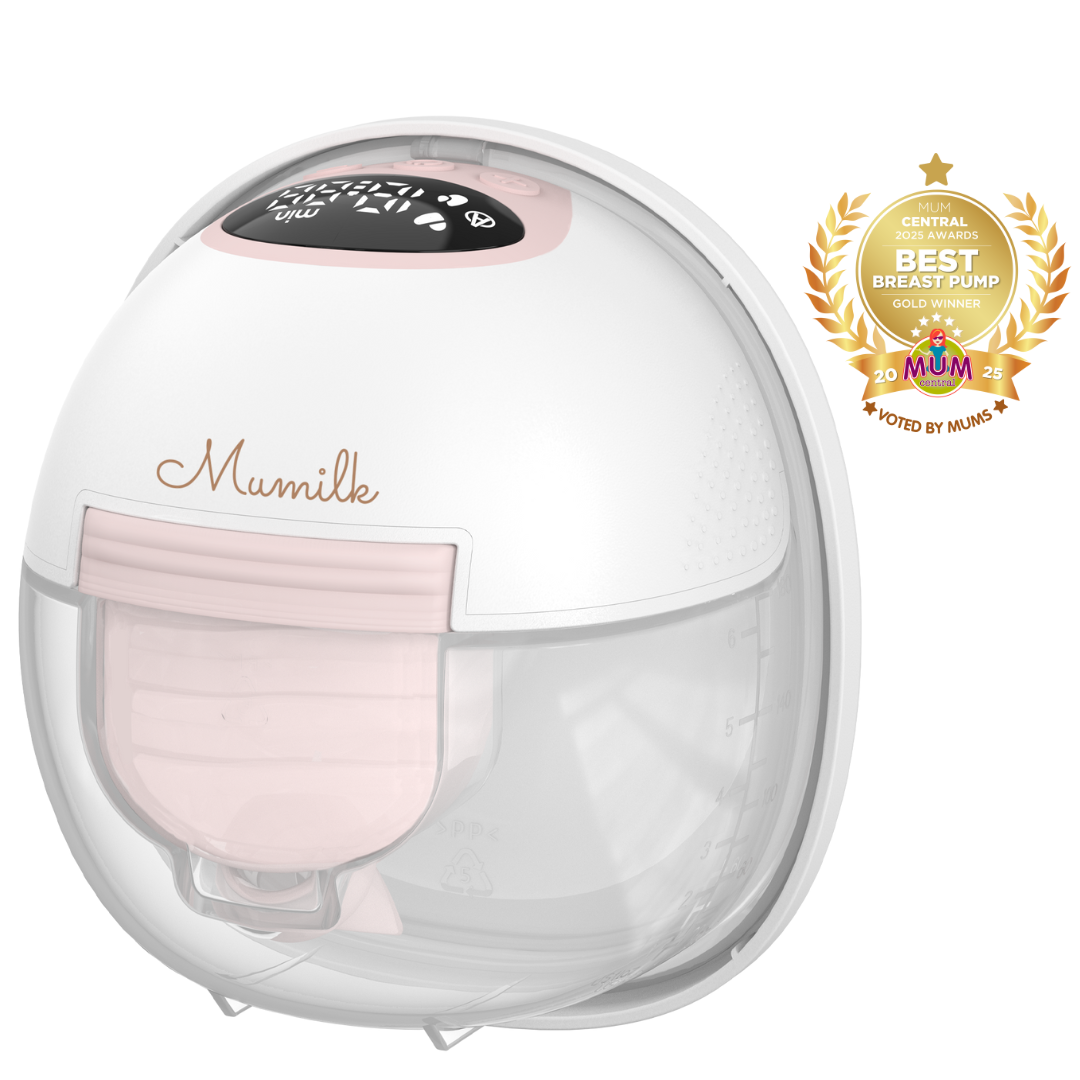
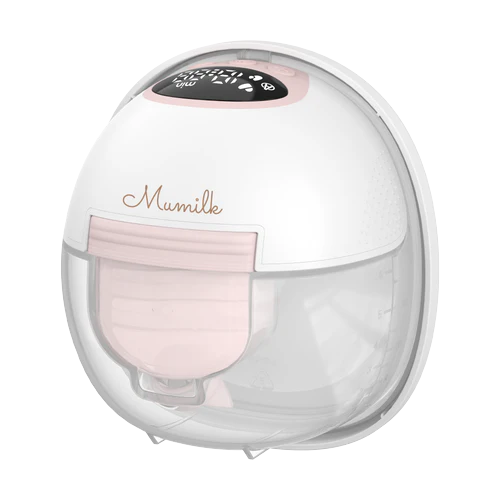
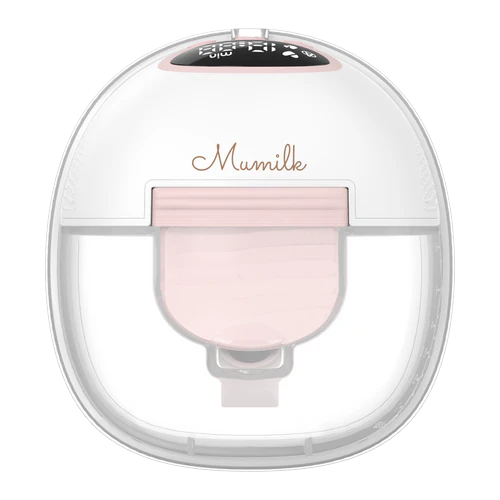
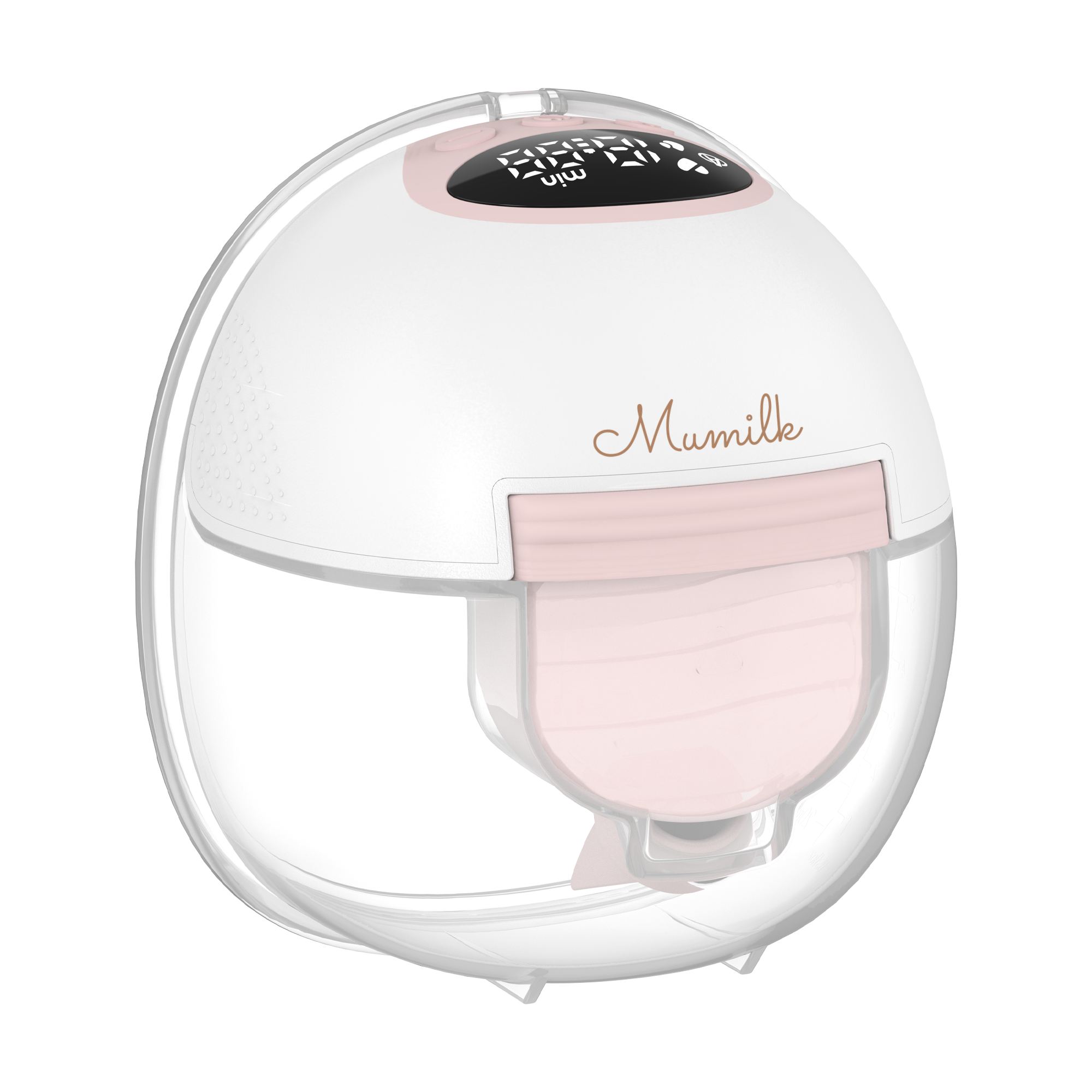
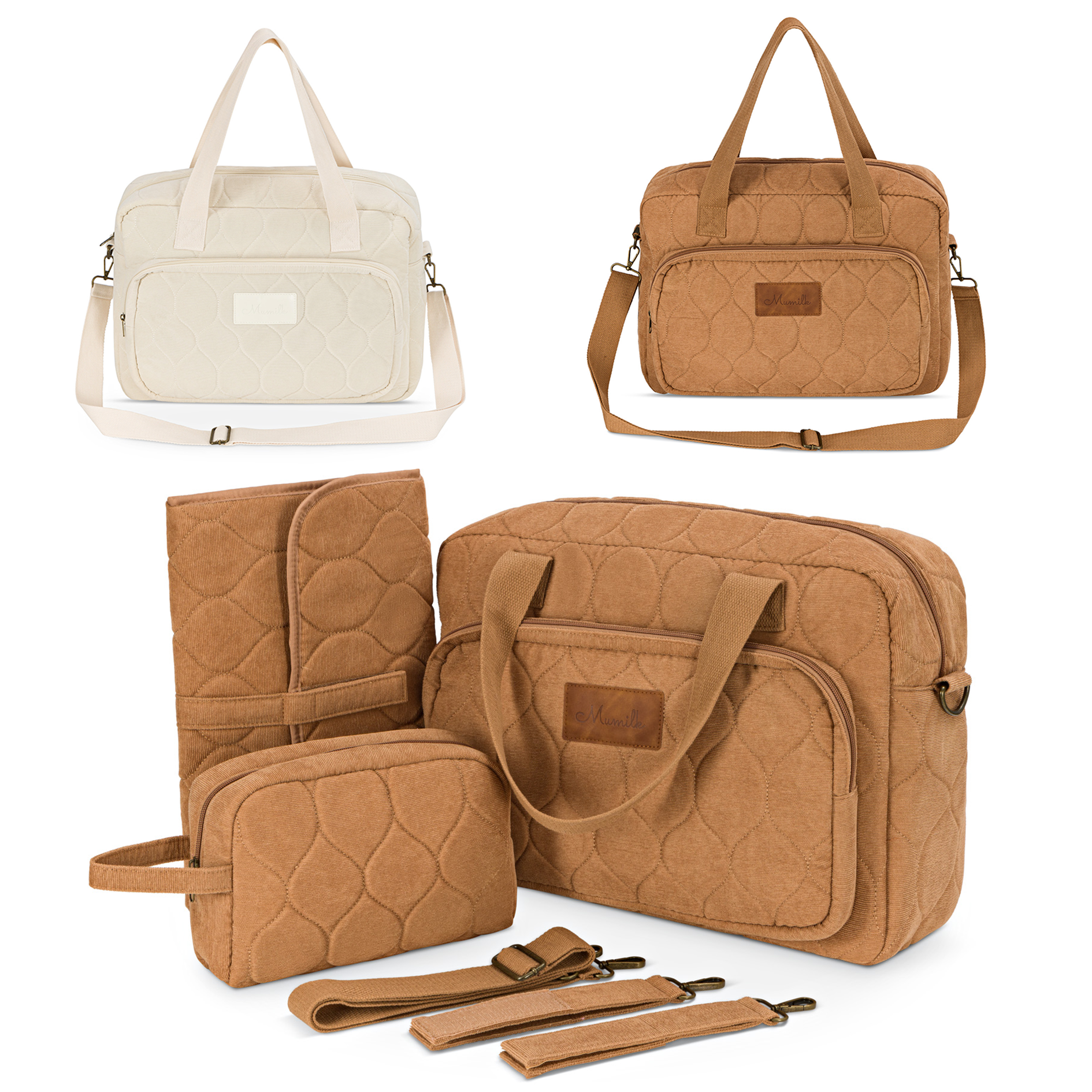
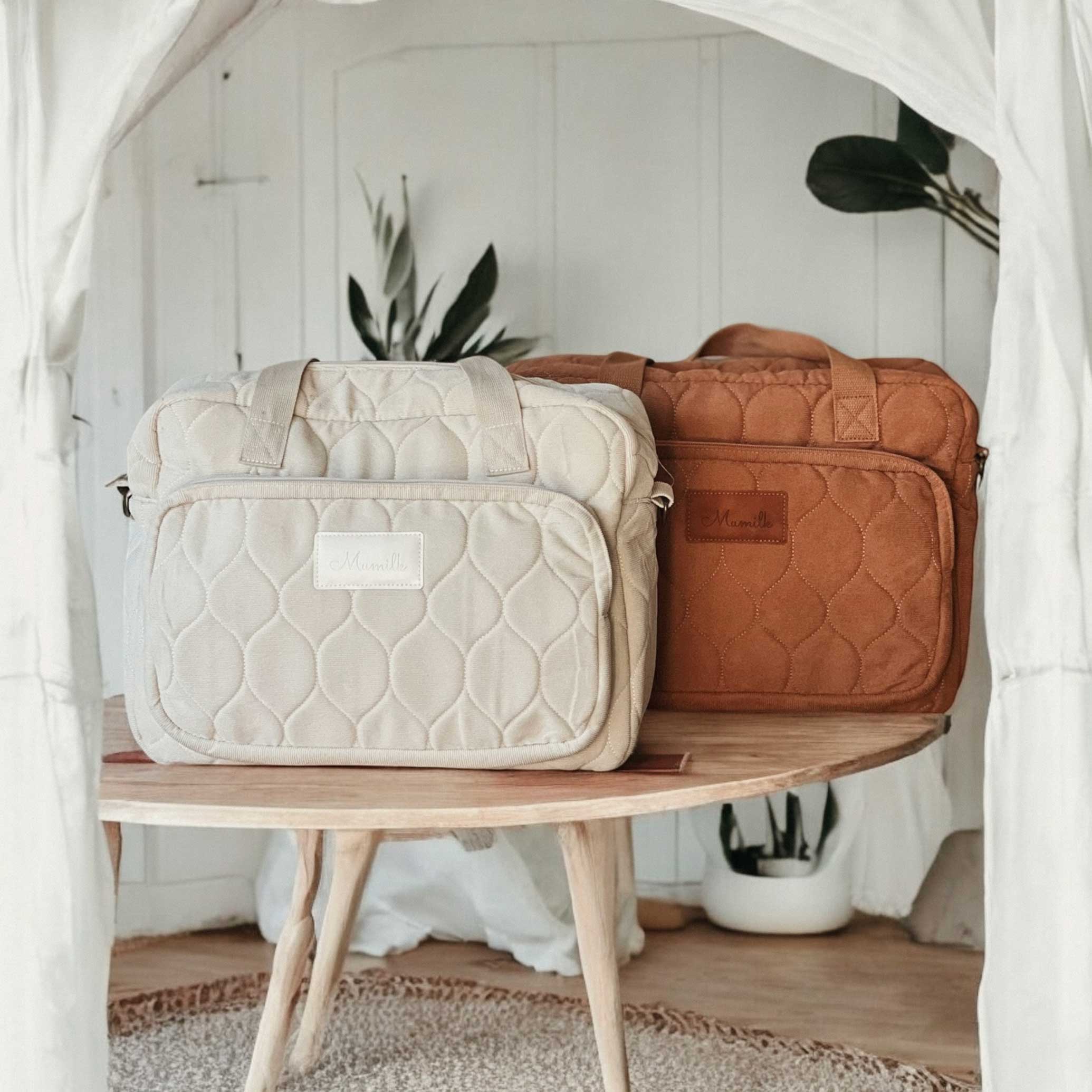
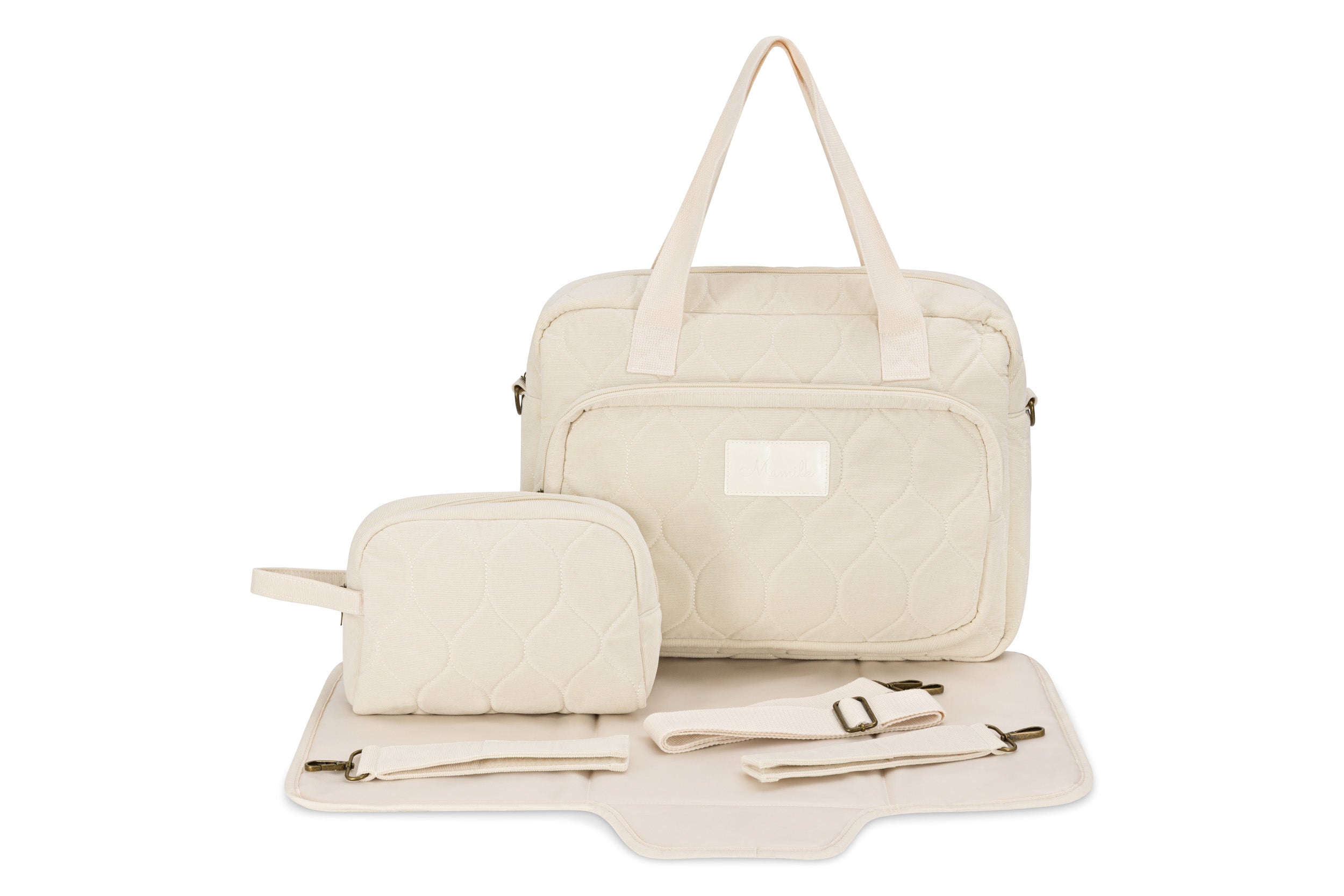
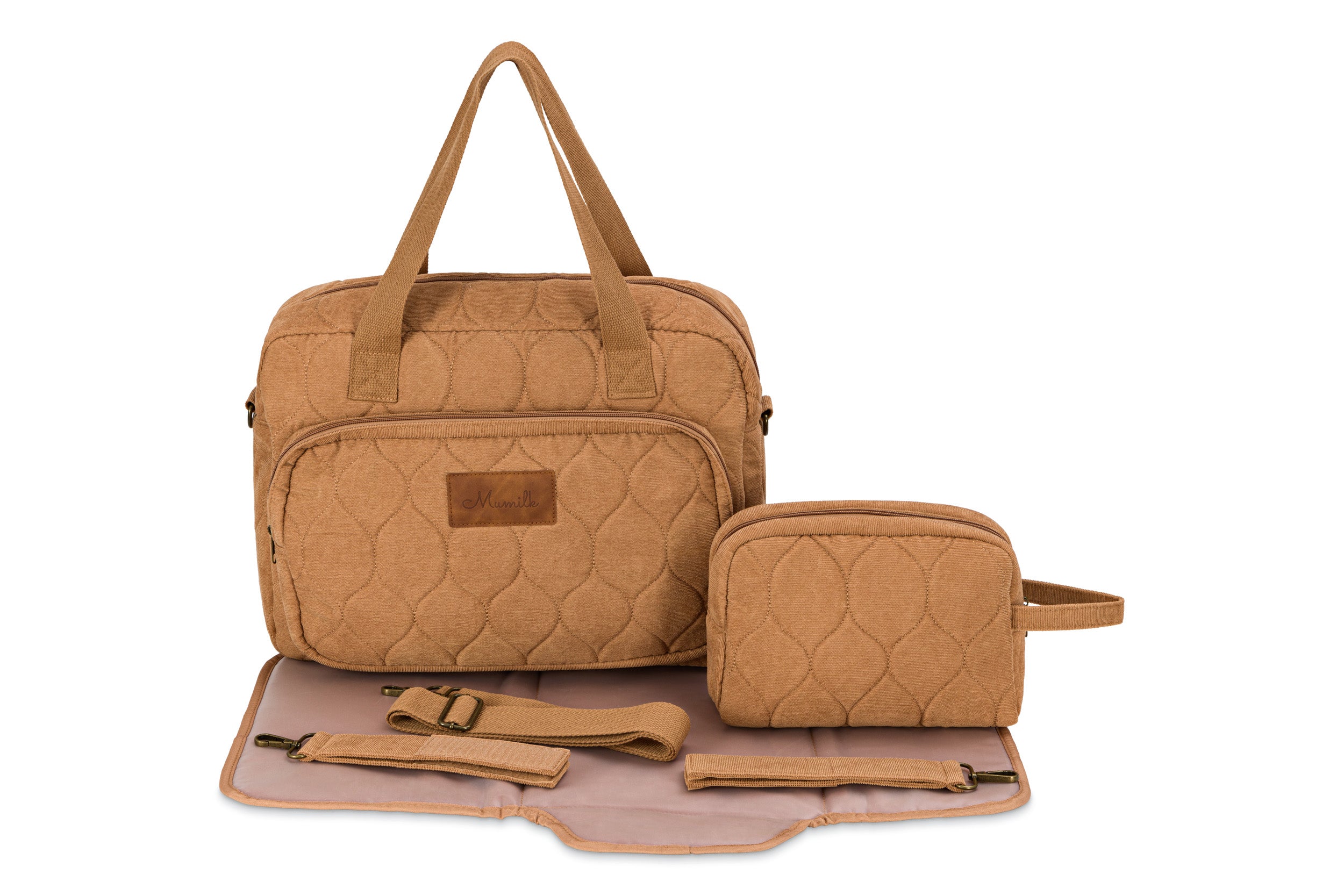
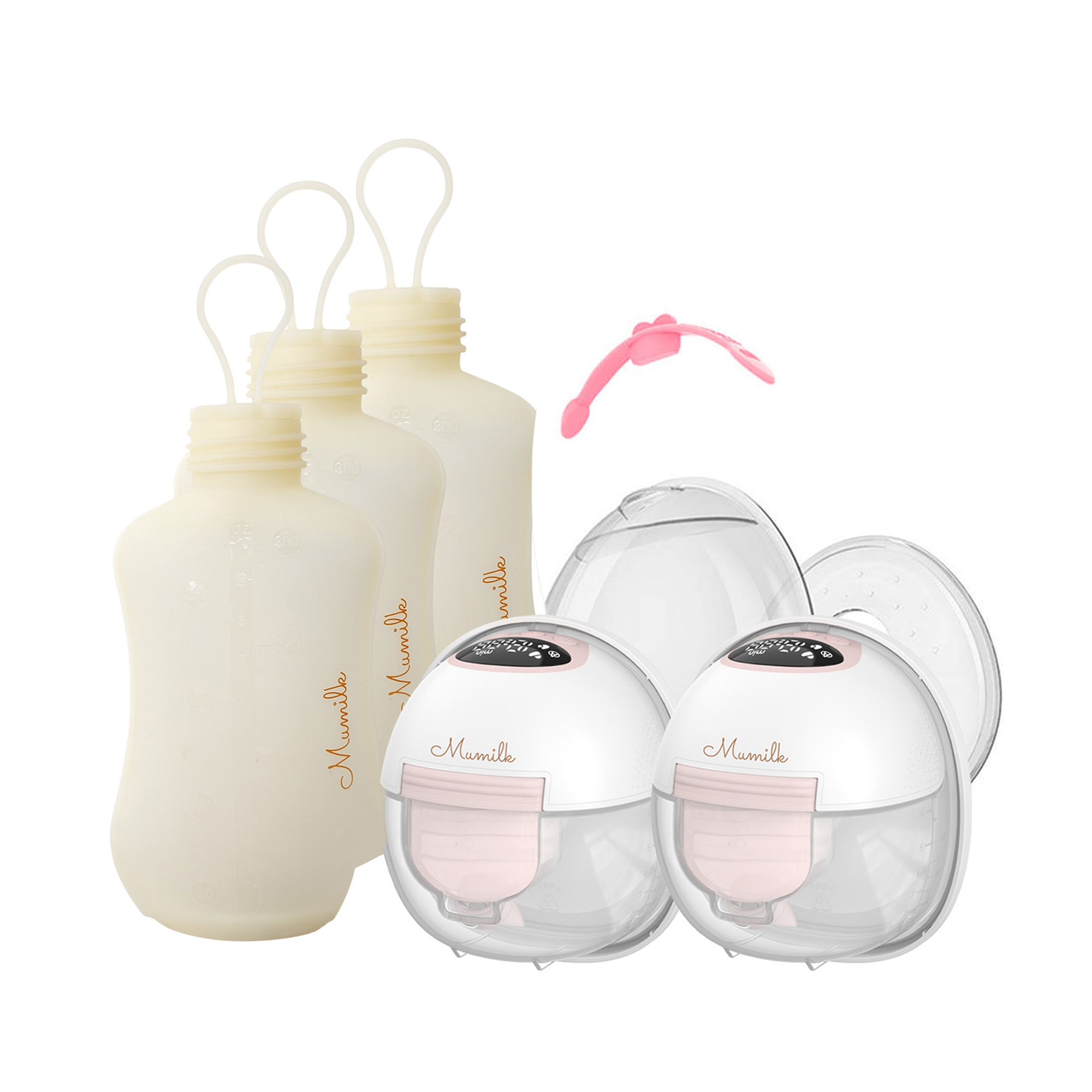
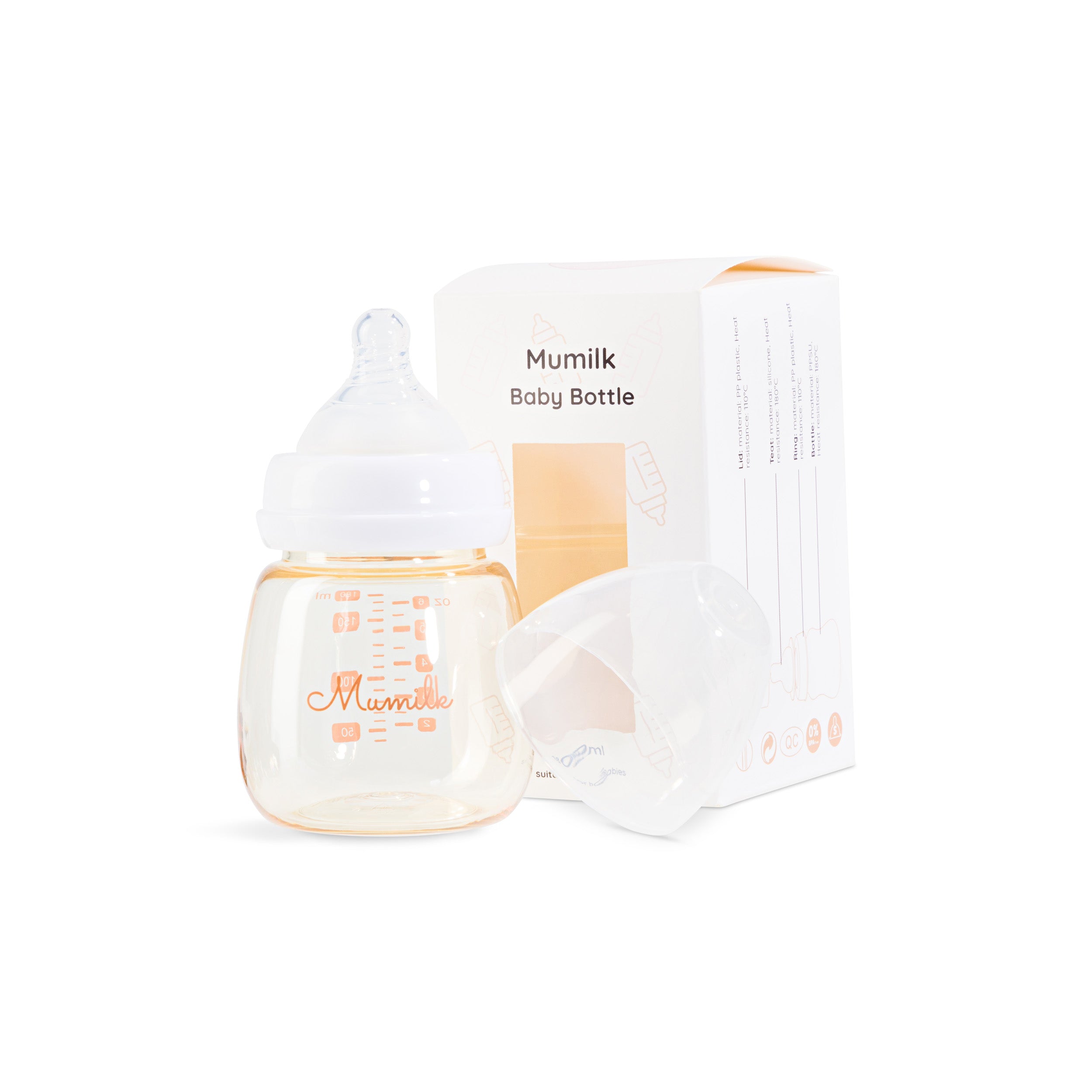
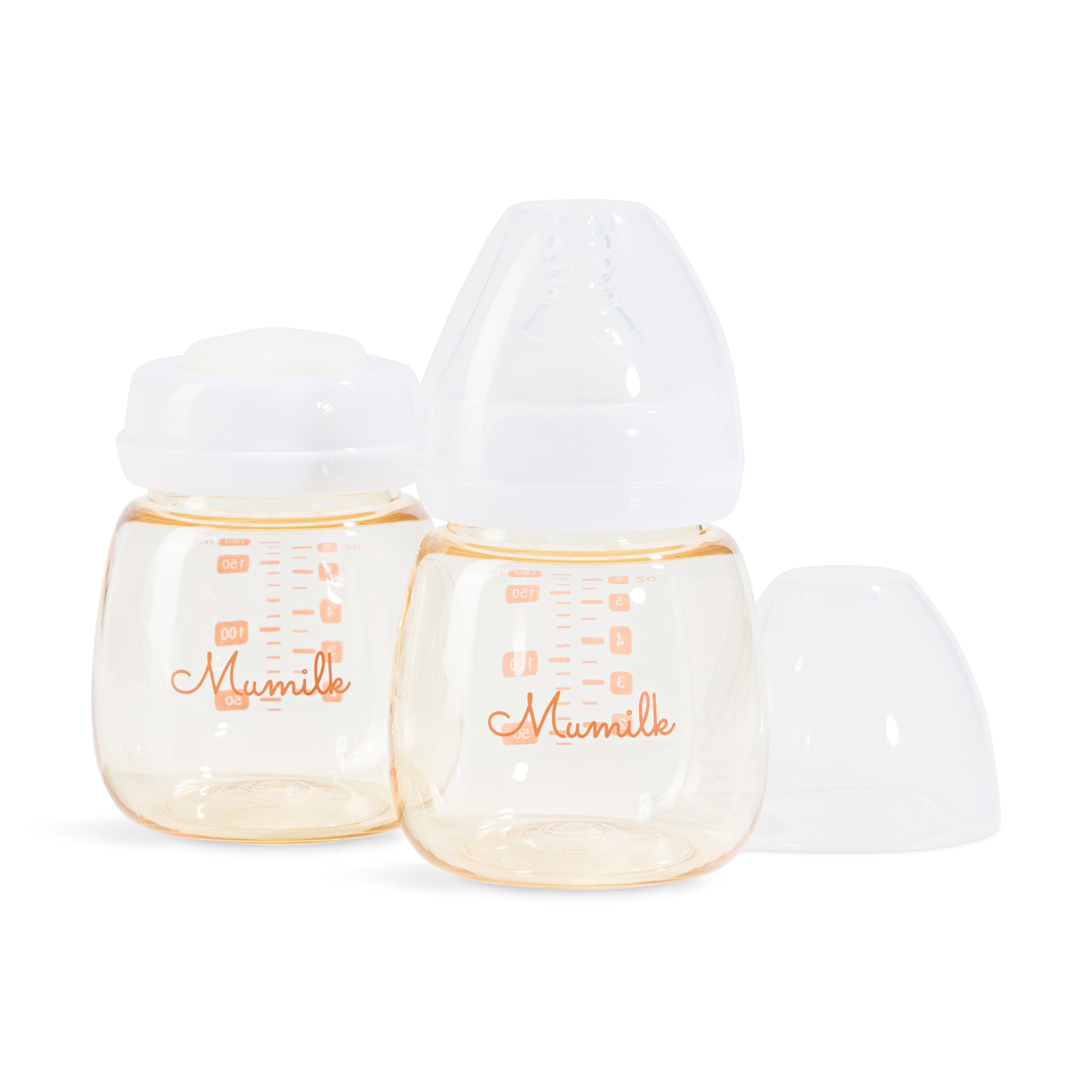
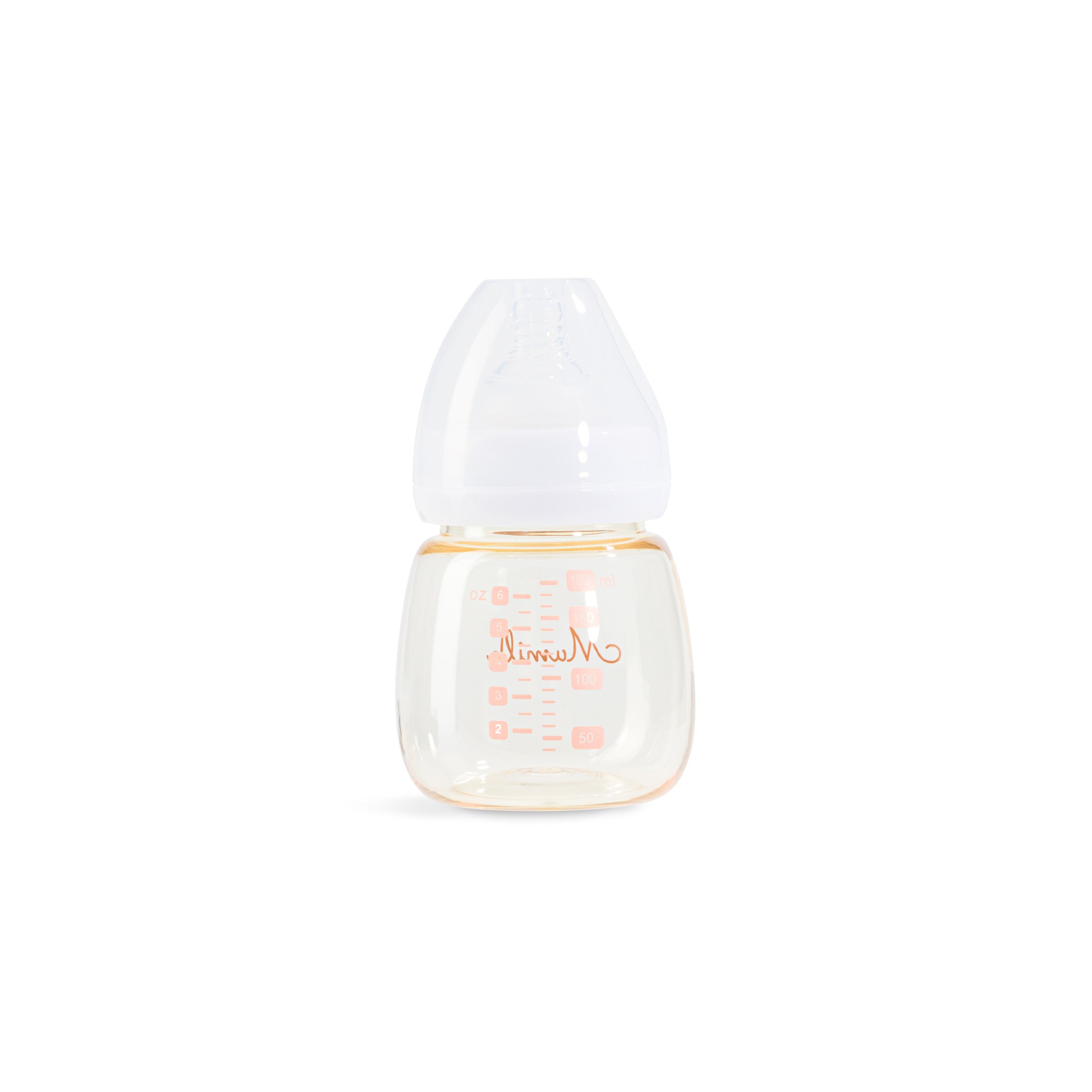
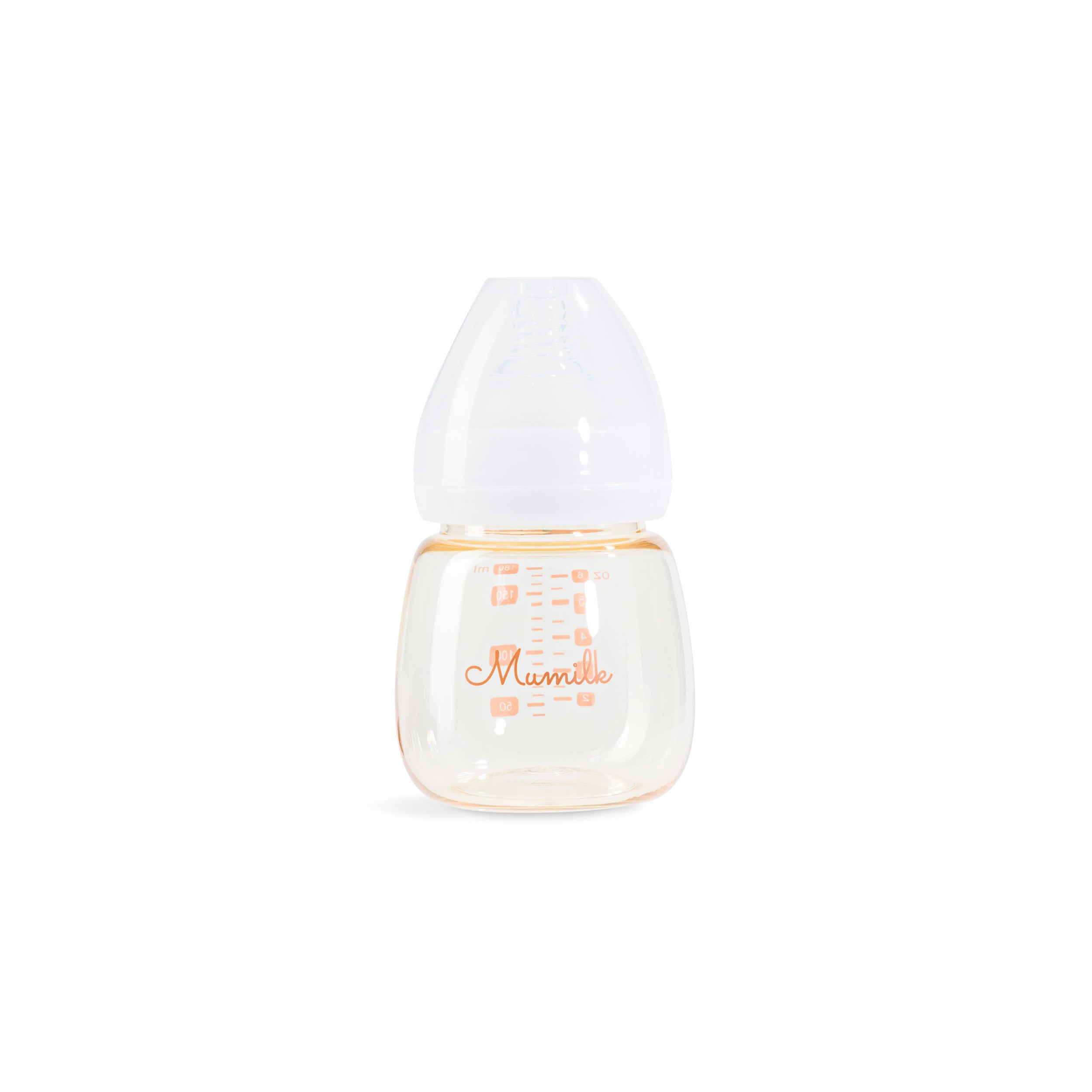
Share:
How Much Breastmilk Does Newborn Need
8 Food and Drinks to Avoid When Breastfeeding